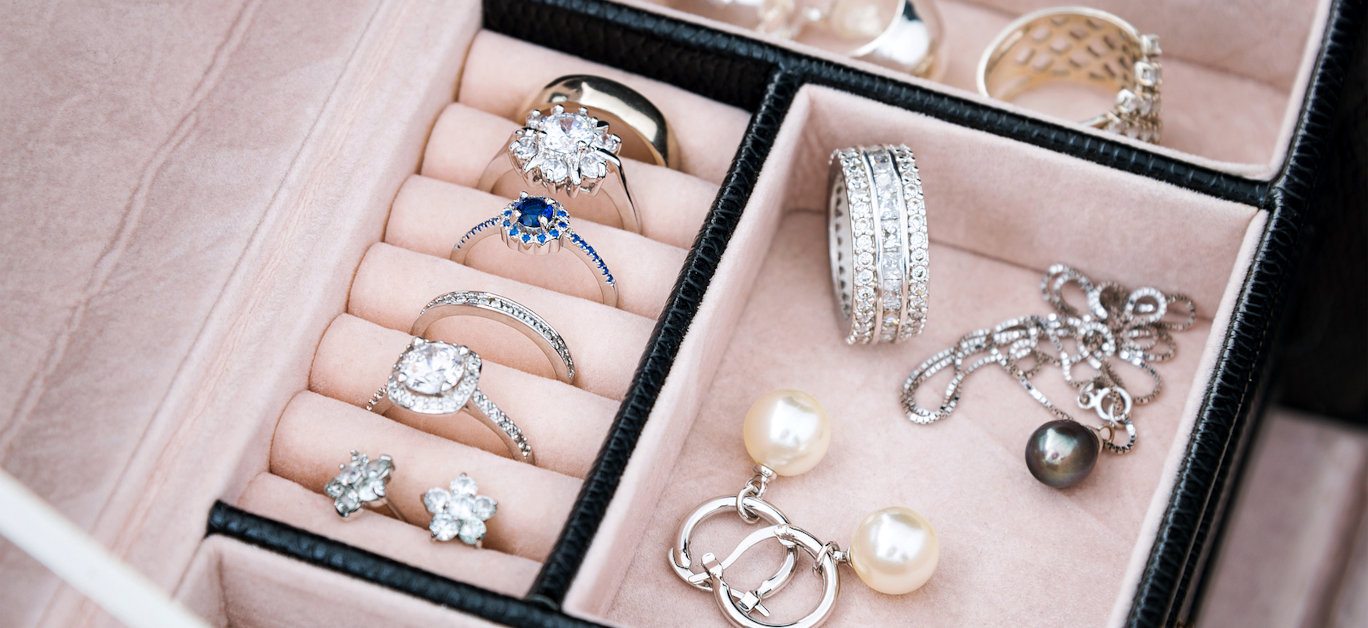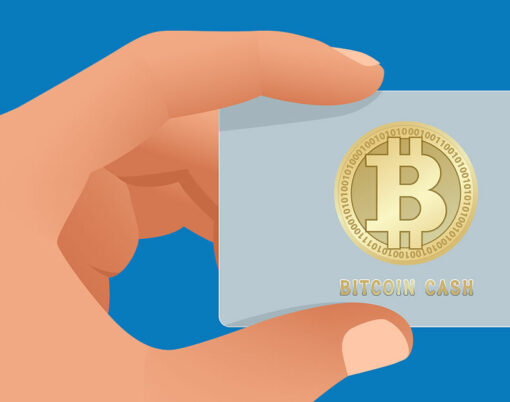Words by Priya Raj
For money-savvy luxury connoisseurs – every purchase comes with the “is it an investment” internal dialogue – especially after stories of Hermès handbags and Rolex watches have gone viral on TikTok and Instagram for their high price tags and even higher resale value.
In the case of jewellery, natural diamond lovers snub lab diamonds and other synthetic diamond alternatives with the rarity debate. It’s a fair point; after all, natural diamonds are rare, and lab diamonds just aren’t. That being said, we’ve done the groundwork to answer the question on all our minds – is fine jewellery ever an investment?
Gold rush
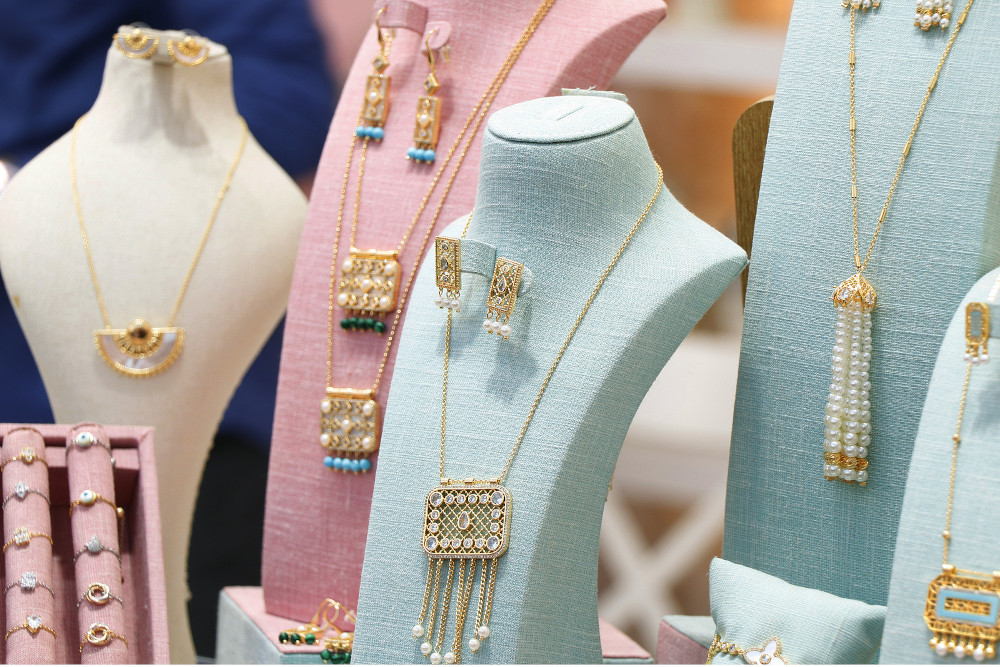
There’s a reason that the ‘Midas touch’ is a compliment; gold is expensive, it always has been, and it [probably] always will be. In fact, seasoned investors are known to use an investment in gold to increase their portfolio diversification while reducing portfolio risk; gold historically has a negative correlation to bonds and stocks. For those not well versed in the language of finance, this means that if a bond or stock reacts badly to market conditions, gold often isn’t – so it can be used as a security blanket to keep a portion of money safe. People prefer to own physical gold, like bars, coins or jewellery, for everyday investments. This is extremely popular in countries like India, where gold also holds emotional and even spiritual value.
Brands aren’t always best
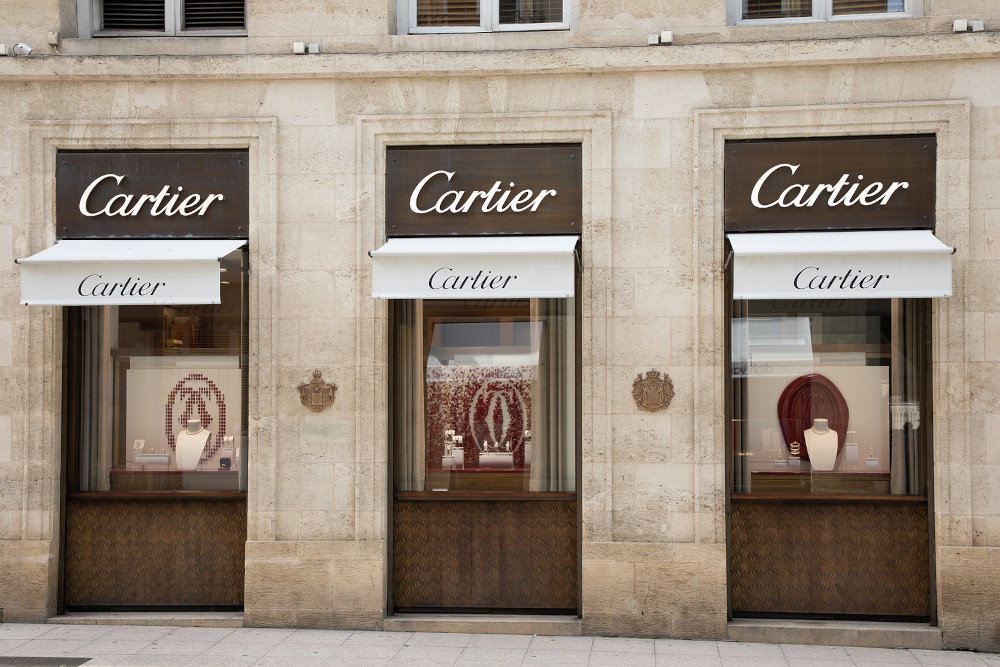
I hate to say it, but everyday ‘run of the mill’ pieces aren’t going to make you a millionaire. The real investment value lies in rarity, and as much as your local jeweller may try and convince you – a four or five-carat diamond [even if a natural, mined diamond] just isn’t that rare. The same goes for popular branded fine jewellery like Cartier, Van Cleef and Messika. Though these brands make stunning jewellery out of the best materials money can buy, they are also adding a huge mark-up for their branding, marketing and buyer experience [let’s say that the free glass of champagne with purchase isn’t actually free]. So steer clear of these if you are only buying to be able to flip for a profit. When you look to resell, you won’t get back the premium you’ve spent on the allure of the brand name; if you don’t believe me, take a look at the floods of second-hand Cartier bracelets in the grey market.
Passion pays
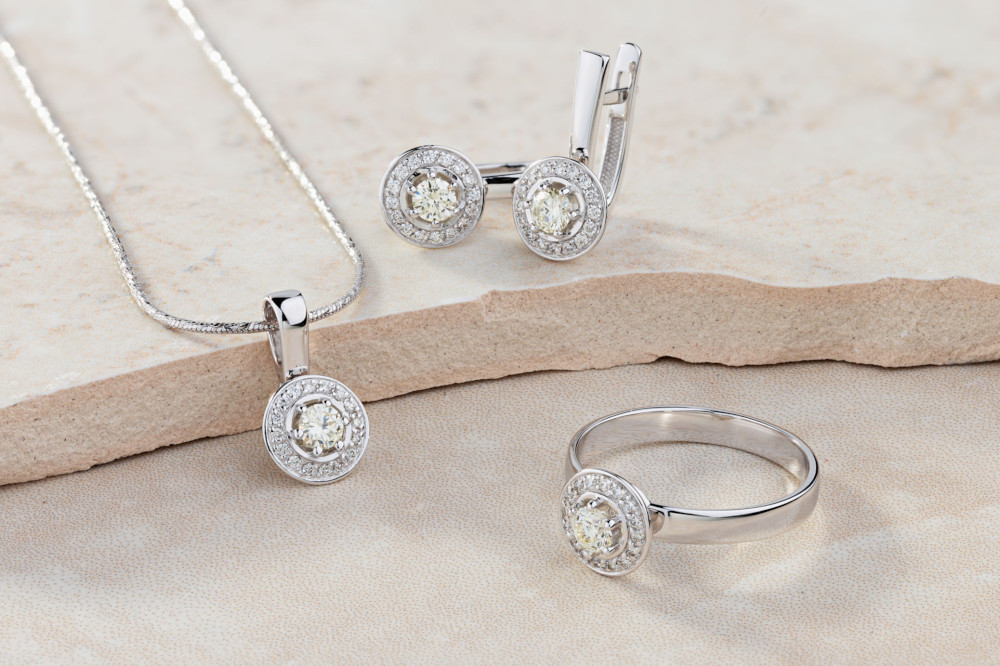
Not all is lost, though; some jewellery is an investment. However, investment jewellery is comparable to fine art – it’s a specialist subject, and you need to know the industry inside and out. It’s not a suitable investment if you’re looking for a quick flip. Much like investing in art, wine and classic cars, patience pays. Not only does investment jewellery not come around often, but it’s also not a cheap entry price, and it can take time to increase in value.
The Knight Frank Luxury Investment Index (KFLII) tracks the top ten passion investments’ value. These are investments that usually mean the investor needs to have a competent level of understanding to pick out worthy investment options from the field. The ten in question are art, watches, wine, classic cars, jewellery, handbags, rare whiskey bottles, furniture, coloured diamonds and coins. They found that these investments are beating inflation. Jewellery is the leading passion investment choice for their investors behind the three historically traditional passion investment choices; art, wine, and classic cars – towing the line alongside watches which are another up-and-coming popular investment choice, and a much easier [and accessible] investment to make. For passion investors, even if their item doesn’t increase in value, not all is lost as they have a genuine passion for their item, so they’ll still be happy to have a stunning car or piece of jewellery to enjoy.
Experts say that for a sure-fire investment piece, it definitely needs to be vintage, even better if it’s famous. The reason it needs to be vintage is that it’s a surefire way to ensure rarity. Vintage is between 20-100 years old, and if it’s older, then it would be called ‘antique’. It should be what’s known as “signed”, meaning it has the stamp of the jeweller [if it’s notable] – a great addition to get the piece authenticated easily and slightly increases the value too.
Getting emotional
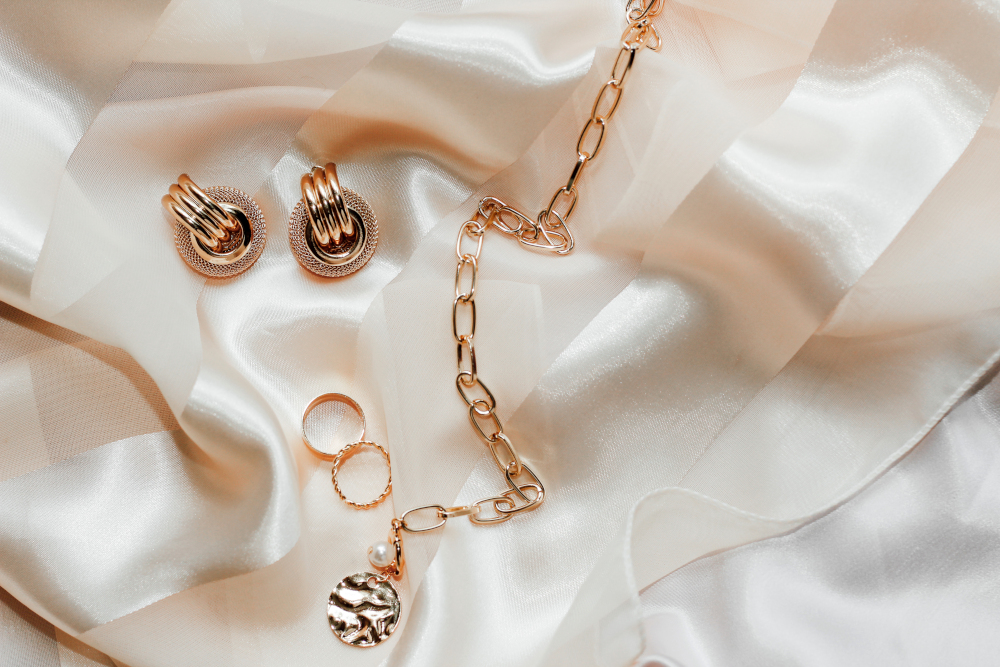
If you’re reading this and realising investment jewellery might not be for you, don’t fret – though not a physical investment, jewellery can be an emotional investment. Whether it’s popping a certain big question or marking an important period of your life – nothing does it quite like a special piece of jewellery. Some brands put a percentage of sales towards a good cause. Like DeBeers Group hosting general community uplift projects in the countries where their diamonds are mined, or brands like Shark Tank featured Do Amore, who put a percentage of each sale towards their water impact fund. Founder Krish Himmatramka said: “For us, the best thing about selling engagement rings is the opportunity to make a difference in people’s lives by providing them with one of life’s most special and meaningful moments while also making a positive impact on the world.” The brand turns diamonds into water by providing communities in Africa and India with life-changing clean water access but building wells to which their clients will receive the coordinates once a purchase is made.
If anything, that is where the true value lies, and something which separates an investment from over-commercialised mass-produced luxury. Every purchase represents a story, including someone’s past, your present, and your contribution to someone else’s future; and represents the best investment you’ll ever make.












